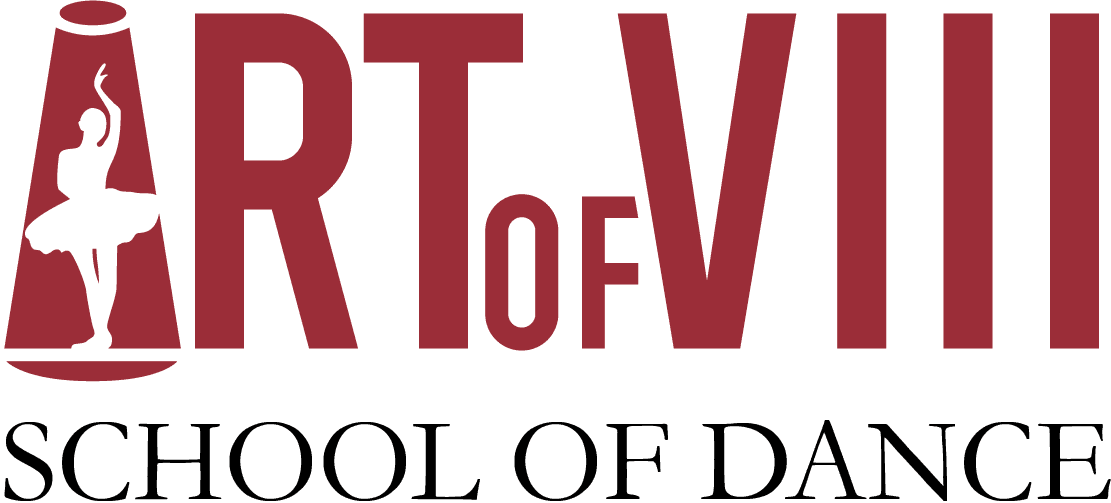Introduction
Dance has always been more than movement — it’s a universal language that connects people across time, place, and culture. Whether you step into a dance class, a cultural celebration, or a live performance, you’re witnessing centuries of evolution and artistry.
At Art of VIII in Dallas, we embrace that legacy through diverse dance programs that honor traditional techniques while celebrating new styles like modern dance, jazz dance, and tap dance.
In this article, we’ll explore the fascinating history behind different forms of dance — from the classical origins of ballet to the rhythmic pulse of jazz and the expressive freedom of contemporary movement.
The Origins of Dance
Dance predates written language. Early civilizations used dance as a form of storytelling, ritual, and communication. From ceremonial African dances to Indigenous American traditions and Asian classical performances, movement conveyed emotions, beliefs, and cultural identity.
As societies evolved, dance transformed into structured art forms — leading to the foundations of many dance schools and dance training programs we see today.
Ballet: The Foundation of Classical Dance
Ballet began in the Italian Renaissance courts of the 15th century and flourished in France under King Louis XIV. It quickly became the cornerstone of formal dance education.
By the 19th century, Russian choreographers elevated ballet into a global art form with works like Swan Lake and The Nutcracker.
Today, ballet classes beginner adults and ballet training remain integral to many dancers’ journeys. Ballet builds alignment, discipline, and technique — skills that enhance every other style.
Jazz Dance: Rhythm, Energy, and Innovation
Jazz dance originated in African American communities during the late 19th and early 20th centuries, blending African rhythms with European movement. It gained popularity in New Orleans alongside jazz music, influencing theater, film, and stage choreography.
In the 1930s and ’40s, pioneers like Katherine Dunham and Jack Cole developed jazz techniques that shaped Broadway and commercial performance. By the mid-20th century, it became a favorite in dance schools for its energy, syncopation, and musicality.
Modern jazz dance lessons emphasize expressive movement, strength, and individuality — perfect for students who love high-energy combinations and dynamic choreography.
Modern Dance: Freedom from Tradition
At the start of the 20th century, dancers like Isadora Duncan and Martha Graham broke away from classical ballet’s rigidity, creating modern dance — a movement focused on emotion, breath, and grounded technique.
Modern dance embraced imperfection, raw energy, and storytelling. Its influence can be seen in dance programs worldwide and continues to evolve through contemporary dance classes and choreography workshops.
Tap Dance: The Sound of Rhythm
Few dance forms celebrate rhythm like tap dance. Born in the United States from African and Irish influences, tap emerged in the 1800s as performers used percussive footwork to create music with movement.
Legends such as Bill “Bojangles” Robinson and Gregory Hines brought tap to the global stage. Today, tap dance classes combine precision, rhythm, and musical awareness — essential training for anyone interested in coordination, timing, and style.
Tap’s joyful syncopation remains a favorite in dance studios across Dallas and beyond.
Hip Hop: The Voice of a Generation
Emerging in the Bronx during the 1970s, hip hop dance grew from street culture, music, and community expression. It embodies creativity, individuality, and rhythm — from breaking and popping to locking and freestyle.
Unlike classical forms, hip hop thrives on improvisation. Its influence reaches music videos, stage performances, and urban dance competitions worldwide.
Today’s hip hop dance classes blend foundational grooves with choreography inspired by pop culture. For students seeking energy and personality in their movement, hip hop remains a defining force in adult dance lessons and dance programs.
Contemporary Dance: The Blend of Everything
Contemporary dance bridges the gap between modern and classical styles, drawing inspiration from ballet, jazz, and improvisation. Developed in the mid-20th century, it focuses on flow, expression, and emotional depth.
In many dance studios, contemporary is now one of the most popular styles for adult dancers. It combines the technical discipline of ballet with the creative freedom of modern dance, making it ideal for those who want to explore storytelling through motion.
Ballroom Dance: Grace, Partnership, and Connection
Ballroom dance has captivated audiences for centuries. From the waltz and foxtrot to salsa and tango, partner dances showcase rhythm, communication, and elegance.
Originating in Europe’s royal courts and evolving through Latin and American influences, ballroom became a social and competitive phenomenon. Whether for fitness, fun, or connection, ballroom dance lessons remain a staple in adult dance classes around the world.
The Global Expansion of Dance Education
As dance spread worldwide, formal institutions emerged — dance academies, dance companies, and professional dance classes — to preserve and innovate the art form.
Today, you can find dance schools teaching everything from traditional ballet to avant-garde improvisation, ensuring that dance continues to evolve while staying grounded in its history.
Studios in Dallas, including Art of VIII, play a vital role in this evolution — providing dance training programs that blend structure with creativity and tradition with innovation.
Dance in the Digital Era
Technology has reshaped how we learn and share dance. With online dance classes, students can now access expert instruction from anywhere. Video platforms have turned choreography into global trends, and virtual dance workshops connect dancers across continents.
Yet the essence remains the same — movement as connection, storytelling, and self-expression. Whether in person or online, dance continues to be a living, breathing art form that unites people.
Conclusion: Honoring the Past, Inspiring the Future
From ancient rituals to the sleek floors of today’s dance studios, dance has continuously adapted, reflecting the culture and spirit of its time. Each style — ballet, jazz, modern, tap, hip hop, and ballroom — tells a unique story of evolution, resilience, and artistry.
At Art of VIII, we celebrate that legacy through inclusive dance programs designed for adults, beginners, and experienced dancers alike.
So whether you’re exploring your first beginner dance class or returning to the stage, remember: when you dance, you’re part of a history still being written.





